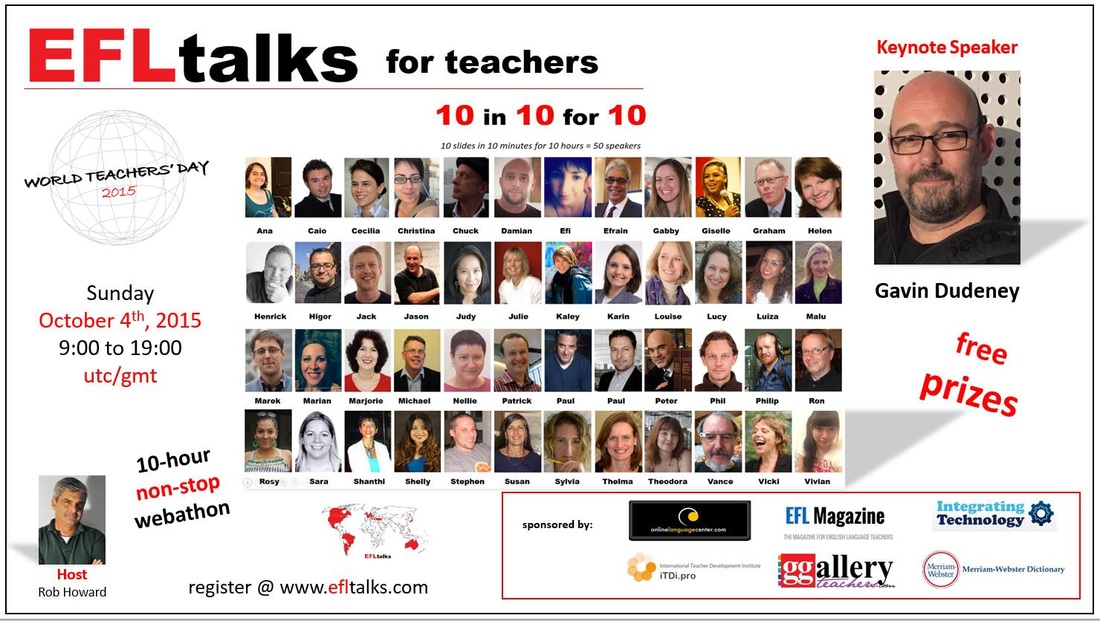|
Songs always bring a breath of fresh air into the SONGS in the classroom: GRAMMAR GALORE – intermediate / advanced / teens / adults lassroom and are greeted with joy. I usually try to choose songs, which are not only clear and fairly easy to understand but have meaningful content for language learners such as grammar, phrasal verbs or vocabulary pertinent to what we are studying. A wonderful song full of all kinds of grammar and expressions that is for intermediate / advanced students is HOLLYWOOD – Michael Buble. The catchy tune is fun to listen and sing along to whilst the rich assortment of language leads to all kinds of possible adaptations for practice – some of which I have suggested at the end of the document to download. You can download the worksheets to the song below. Feel free to delete or translate the Italian into another language. Can anyone suggest any other songs for practising grammar revision? Hope you have fun with it! Susan
If you liked this song, check out my playlist for other chants and songs:
YOU TUBE PLAYLIST: Susan's ESL Learning Videos (Chants & Songs)
22 Comments
 The PRESENT SIMPLE contrasted with the PRESENT CONTINUOUS can be practiced easily with a fun game of ludo. I find that it is a recurrent problem which needs lots of practice. I usually draw a winding ludo board on the blackboard but you can also project the gameboard I have to download on the IWB or else even print a copy for a group of students to play on. I like to first revise the grammatical differences before dividing the class into two teams and getting them to throw the dice. Each team in turn answers the question according to the number they land on (having previously handed out the photocopied questions to them). If they answer correctly they can stay on the square where they just landed. If they make a mistake they go back to the previous square they were on. The first team to reach the FINISH is obviously the winner. The game is not at all as easy as it seems and sometimes two answers could be possible depending on interpretation. However, due to its challenging nature it is fun as well as being effective. You can download the game below. Hope you have fun with it! Susan P.S. I forgot to mention that because there are only 55 questions but 60 balls on the board, you then restart from the beginning and number 56 is equivalent to question 1, 57 = question 2, 58 = question 3, 59 = question 4 and 60 = question 5. This is to repeat the trickier questions at the beginning which sometimes lead students to give the wrong answer. The blue balls can be used or not - as you please. You could allow those landing on a blue ball to throw the dice again for example.
Many certifications, beginning with the Cambridge English: Young Learners STARTERS /MOVERS / FLYERS exams for primary school children, require students to describe pictures in varying detail depending on their level and to understand listening pieces in order to carry out tasks demonstrating their comprehension. Therefore practising these skills intensely together will give the students the confidence to face these exams from a very young age.
I have tried describing these pictures with chants where I sing a piece and they repeat it like an echo. To make it more fun I have them search for what we are singing and see if they can find it before their friends. This makes them not only practise fluency but also verify their comprehension.
Subsequently – when the chant has been repeated numerous times over a period of time (a few days) – students can be asked to describe the picture with their own words. Inevitably they will use the right collocations and vocabulary. For older students one might try making a gap-fill with the text to see if they remember the right prepositions or collocations. For this purpose I am also adding the Word document to modify as you feel necessary. Children could, in groups, describe one aspect of another picture and then all the class puts the various sentences together into a chant to sing together. All the materials and audio are provided below for you to download. If you have any other ideas of how one could exploit the materials please comment below. Hope you have fun using them! Susan
Repetitive NURSERY RHYMES with their easy rhythmic tunes and well-known NURSERY TALES lend themselves to SINGING and ACTING: two activities which children love doing!! Many years ago I ADAPTED three NURSERY TALES in increasing difficulty to RECYCLE the most important LANGUAGE we had learnt during the school year. Children loved it and parents enjoyed watching their children's progress. HAVING FUN was another key element to making sure they learnt EXPRESSIONS IN A MEANINGFUL CONTEXT. NURSERY RHYMES can also be ACTED OUT whilst they are being SUNG to consolidate their meaning and enable children to pronounce somewhat complicated sentences to PAVE THEIR WAY TO FLUENCY... Below is the easiest of the three to download with the pronunciation guide as well to help children practise alone at home. In those days children had no other way of practising autonomously. Nowadays I prefer to RECORD AUDIOS of the pronunciations for them TO LISTEN TO REPEATEDLY all collected in a Dropbox folder for easy access. Try it out! Hope you have fun with it! Susan
DO / DOES: INTENSE 3rd PERSON PRACTICE in the Simple Present – a fun game in an engaging context19/6/2015 Despite exam time and last minute end of year activities there are those who are already planning ahead for the new school year and others thinking of summer camp activities to do with their English language students. Even many of my better students have not all grasped using the 's' in the 3rd person singular despite knowing the rule - as always, it has to be practised so that it becomes natural. The following game does just that:
It’s the TV SURVEY PART 1: Setting up the game 1. Tell the students to copy the table you will draw on the board onto a piece of paper turned horizontally. (See template to download.) 2. In the first column write the CATEGORY of a TV programme: e.g. CARTOONS 3. In the second column write the NAME of a TV programme: e.g. Tom & Jerry (they can write their own favourite programme here). 4. Ask a student: Do you like .....CARTOONS....? 5. Boy: Yes, I do. / No, I don't. (depending on his preference) 6. Teacher asks another student whilst indicating the first student: Does he like .....CARTOONS....? 7. Student: Yes, he does. / No, he doesn't. (depending on his preference) 8. Now write the next CATEGORY of a TV programme: e.g. DOCUMENTARIES 9. In the second column write the NAME of a TV programme: e.g. NATIONAL GEOGRAPHIC (they can write their own favourite programme here). 10. Ask a student: Do you like .....DOCUMENTARIES....? 11. Girl: Yes, I do. / No, I don't. (depending on her preference) 12. Teacher asks another student whilst indicating the first student: Does she like .....CARTOONS....? 13. Student: Yes, she does. / No, she doesn't. (depending on her preference) 14. This phase of completing the table with all the categories and questions should not be drawn out too long - it's the setting up phase for the actual game. PART 2: INTERVIEWING A FRIEND - Pairwork 1. Each student should interview the classmate next to him & mark, in a third column called FRIEND, a tick or cross depending on the friend's preferences by asking: a. Do you like .....CARTOONS....? b. Classmate: Yes, I do. / No, I don't. (depending on his preference) PART 3: THE ACTUAL GAME - here comes the fun part! 1. The class is divided into teams A & B. 2. One team member has 30 seconds to speak about his partner by looking at the ticks & crosses in front of him. 3. He says: She likes... / She doesn't like... as quickly as possible & gains one point for each correctly pronounced sentence. a. The teacher silently counts the points as the student speaks, making sure not to count any such as 'He like...' or 'He don't likes...', which inevitably slip in. 4. The teams take turns until the end of the lesson when the winning team is announced. 5. The aim of this final activity is to give the students intensive practise in pronouncing the third person at speed so as to fix it in their minds, loosen the muscles in their mouths and help it to become second nature. Hope you have fun with it! Susan Noughts & Crosses as another of my favourite end of lesson REVISION GAMES had already been planned for this post when I realised that tekhnologic had just been awarded the BRITISH COUNCIL TEACHING ENGLISH Featured blog of the month for April 2015 for a very similar game dedicated to students who are at a much higher level. A great idea I had never thought of and will certainly implement!
I tend to use this game for elementary to pre-intermediate levels to REVISE FORMULATING QUESTIONS (which is forever tricky) and IRREGULAR VERBS. I divide the class into two teams. As can be seen in the photo, I put verbs in the base form and they have to formulate sentences using the verbs in the simple past and spelling them to me correctly to be allowed to place a nought or cross in their square. Alternatively I put irregular verbs in their past form and ask them to formulate questions for the other team with them. For elementary students I put verbs in the present tense and also suggest a pronoun in order to have some questions asked or sentences formulated in the third person. Noughts & Crosses is a very versatile no-preparation revision game, which is particularly fun and useful towards the end of the year when students are getting tired and teachers want to verify how much they have retained. It can be a warmer, a filler or even a complete lesson I discovered. That is the power of Noughts & Crosses! Can anyone suggest any other simple REVISION ACTIVITIES? Hope you have fun with it! Susan
Songs always bring a breath of fresh air into the classroom and are greeted with joy. I usually try to choose songs, which are not only clear and fairly easy to understand but have meaningful content for language learners such as grammar, phrasal verbs or vocabulary pertinent to what we are studying.
For beginners/elementary students studying the Present Simple Tense I find that THE BOY DOES NOTHING – Alesha Dixon is rather fast and has difficult vocabulary but repetitively stresses the third person singular with a very catchy tune so that the very few gaps they have to fill in with easy words while listening can be easily managed. When checking their comprehension with the words they filled in, I ask them to spell the words so they can practise that too before I write the words on the board. All in all a fun consolidation activity. You can download the worksheets to the song below. Feel free to delete or translate the Italian into another language. Can anyone suggest any other songs for practising the Present Simple Tense? Hope you have fun with it! Susan
If you have problems downloading these files (they work for me but apparently not for everyone) please contact me at [email protected] - thank you!
|
Categories
All
Would you like regular English learning & teaching ideas? Subscribe to my blog so you don't miss a post!
AuthorMy name is Susan Brodar, born in London into a multilingual family and brought up bilingual English / Italian. Archives
December 2018
|
||||||||||||||||||||||||||||||||||||||||||||||||||||||||||||||||||||||||||||||||||||||||||



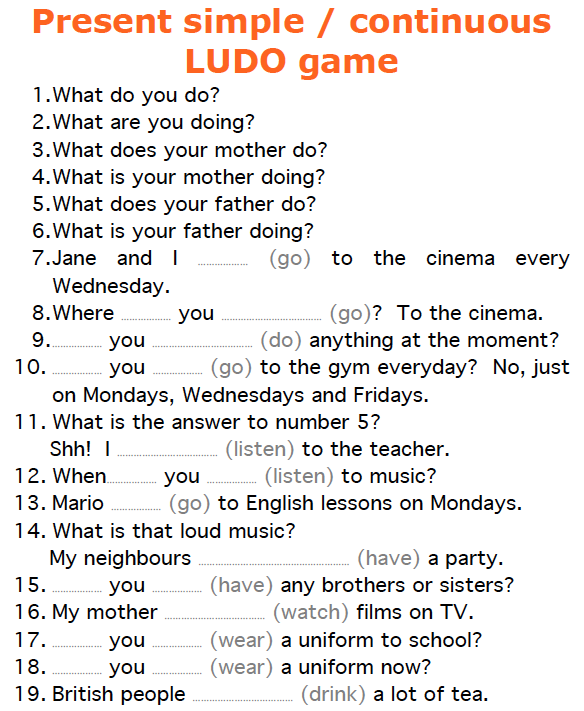
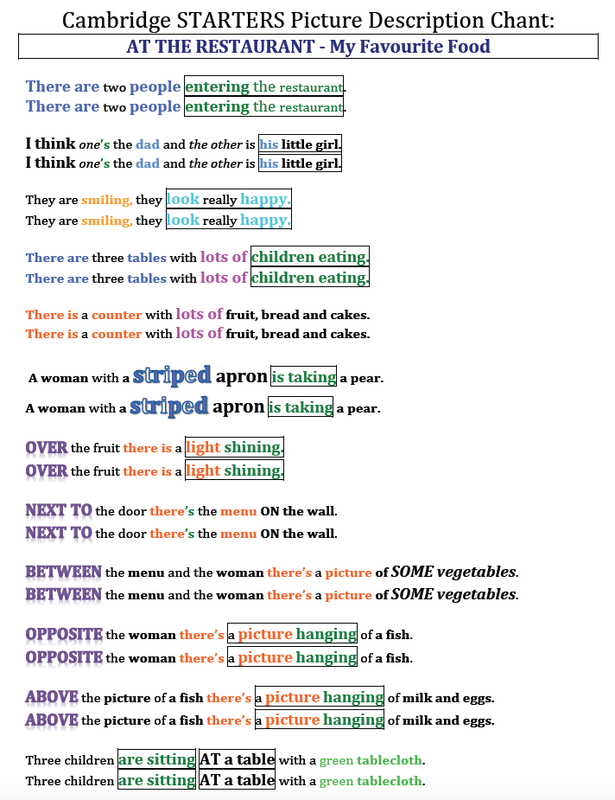



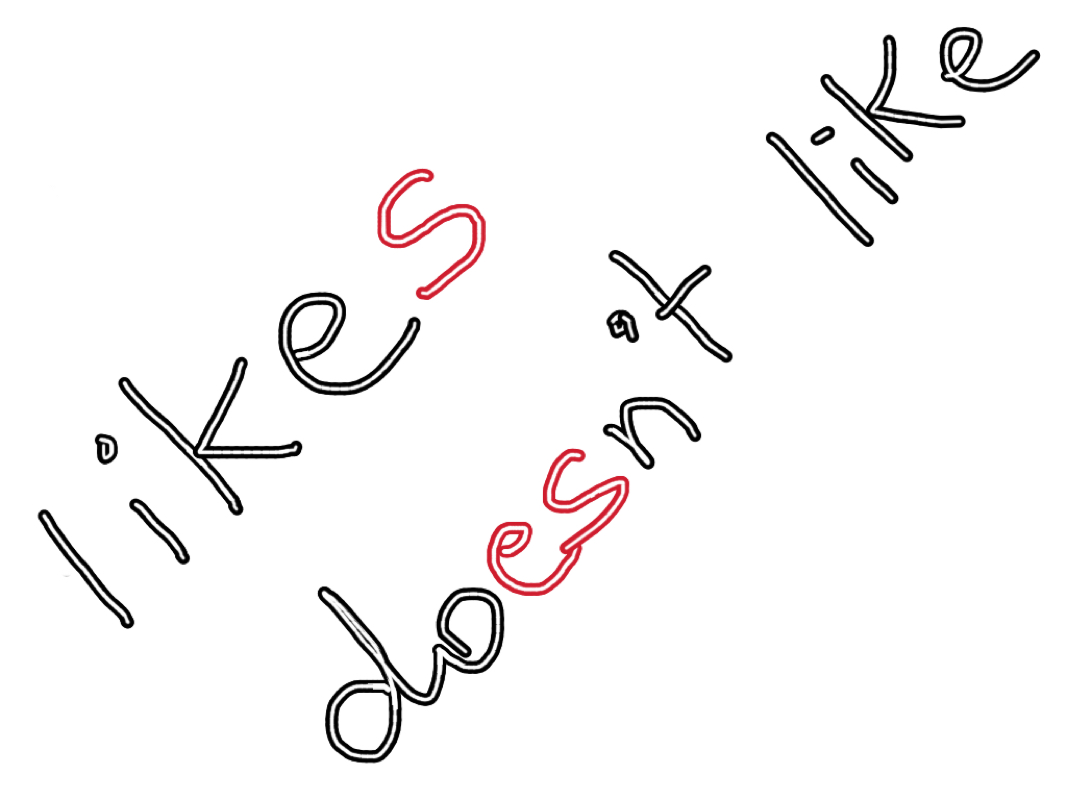

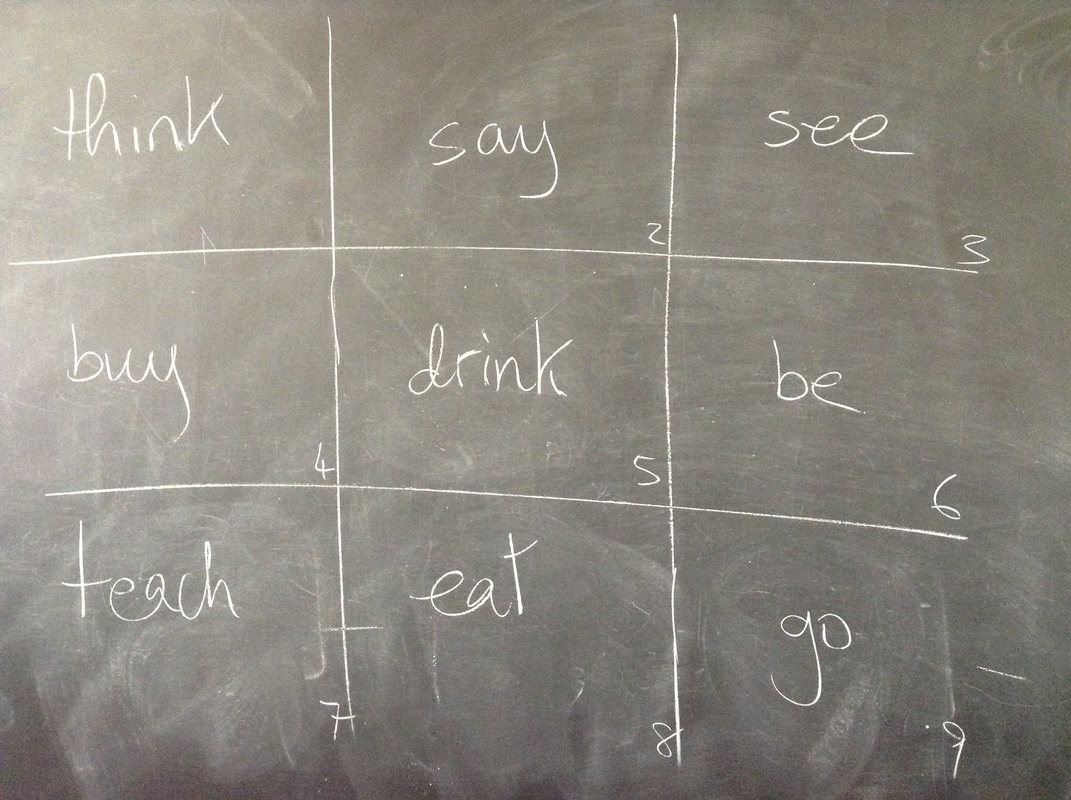





 RSS Feed
RSS Feed
